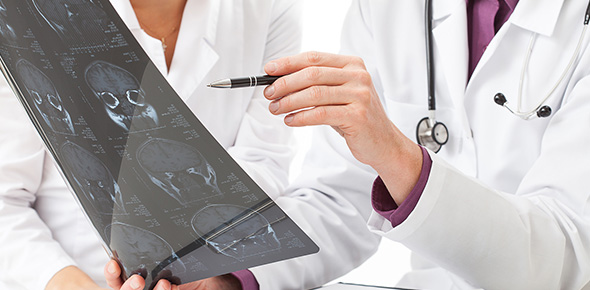Related Flashcards
Related Topics
Cards In This Set
| Front | Back |
|
Chemical
|
Atoms and molecules. Atoms such as nitrogen, oxygen, and calcium are essential to the maintenance of life. These atoms combine to form molecules in the body. Examples of molecules are proteins, carbohydrates, fats, and vitamins.
|
|
Cellular
|
Molecules combine to form cells. The cells of the body are the basic structural and functional units of an organism. Examples of cells in the body include muscle cells, nerve cells, and blood cells.
|
|
Epithelial
|
Protective tissue found in the linings of cavities and organs and as part of the integumentary system, or skin. This tissue helps to protect the structures it lines from injury and fluid loss.
|
|
Muscle (tissue)
|
Responsible for all of the movement of the body. It is subdivided into divisions of skeletal muscle, smooth muscle, and cardiac muscle. Skeletal muscle is made of long fibers and is the tissue that allows for voluntary body movements. Smooth muscle lines the internal organs and carries out primarily involuntary body movements that assist in organ function. Cardiac muscle is found only in the heart and is specifically designed to maintain heartbeat and blood flow.
|
|
Connective (tissue)
|
Tissue that binds the body together and supports posture and function. This tissue is divided into three subtypes depending on function. Supporting connective tissue consists of the bones and cartilage of the body, which give the body support and base structure. Binding connective tissue is defined as the tendons and ligaments—thick strong tissue that binds muscle to bone and bones to each other. Fibrous connective tissue is also a binding material, though instead of connecting other connective tissues, this tissue connects muscles together and binds the skin to the rest of the body. Adipose, or fat cells, are part of this subdivision serving as a cushioning layer to protect the body.
|
|
Nervous (tissue)
|
Composed of nerve cells. It is used as the communication system of the body by passing electronic messages to and from the brain. This allows for all motor functions, both voluntary and involuntary.
|
|
Organ
|
The different kinds of tissue discussed above combine to form the organ level. The organs are composed of two or more types of these tissues. Each organ has specific functions and recognizable shapes. Some examples of organs are the heart, lungs, brain, liver, and kidneys.
|
|
System
|
A system is made up of several organs that have a common function. For example, the organs that are a part of the digestive system break down and absorb food. These organs include the mouth, pharynx (throat), esophagus, stomach, small intestine, and large intestine. Some organs can be part of more than one system. For example, the pancreas is part of both the digestive system and the endocrine system.
|
|
Organism
|
The largest structural level is the organism level. All the parts which make up the body and function with each other form the total organism (one living individual).
|
|
Tissue
|
Tissues are made up of groups of cells and the materials surrounding them. They work together to perform specific functions. There are four types of tissues in your body.
|
|
Acquired
|
This means that the patient was not born with it (it was not hereditary or congenital).
Example: AIDS—acquired immunodeficiency syndrome |
|
Congenital
|
Present at birth. This differs from a hereditary condition in that it is not necessarily inherited from the parents. Occasionally infants are born with a congenital heart defect that requires surgery or leads to death.
Example: Congenital hydrocephalus |
|
Deficiency
|
A lack or defect. Many diseases are caused by a lack of some vital chemical substance or compound, such as a lack of red blood cells, defined as anemia or a lack of oxygen, characterizing hypoxia.
Example: Iron deficiency anemia |
|
Degenerative
|
Pertaining to deteriorating. Going from normal to less than normal or dysfunctional. The deterioration of anatomical structures or tissues causes many different diseases, such as degenerative joint disease or Alzheimer disease.
Example: Degenerative joint disease |
|
Developmental
|
A type of disease that occurs as a result of some abnormality in the development of tissue, an organ, or body part. These are often characterized as disorders, and many of them occur before birth or during the growth stages, such as osteodystrophy.
Example: Muscular dystrophy |







